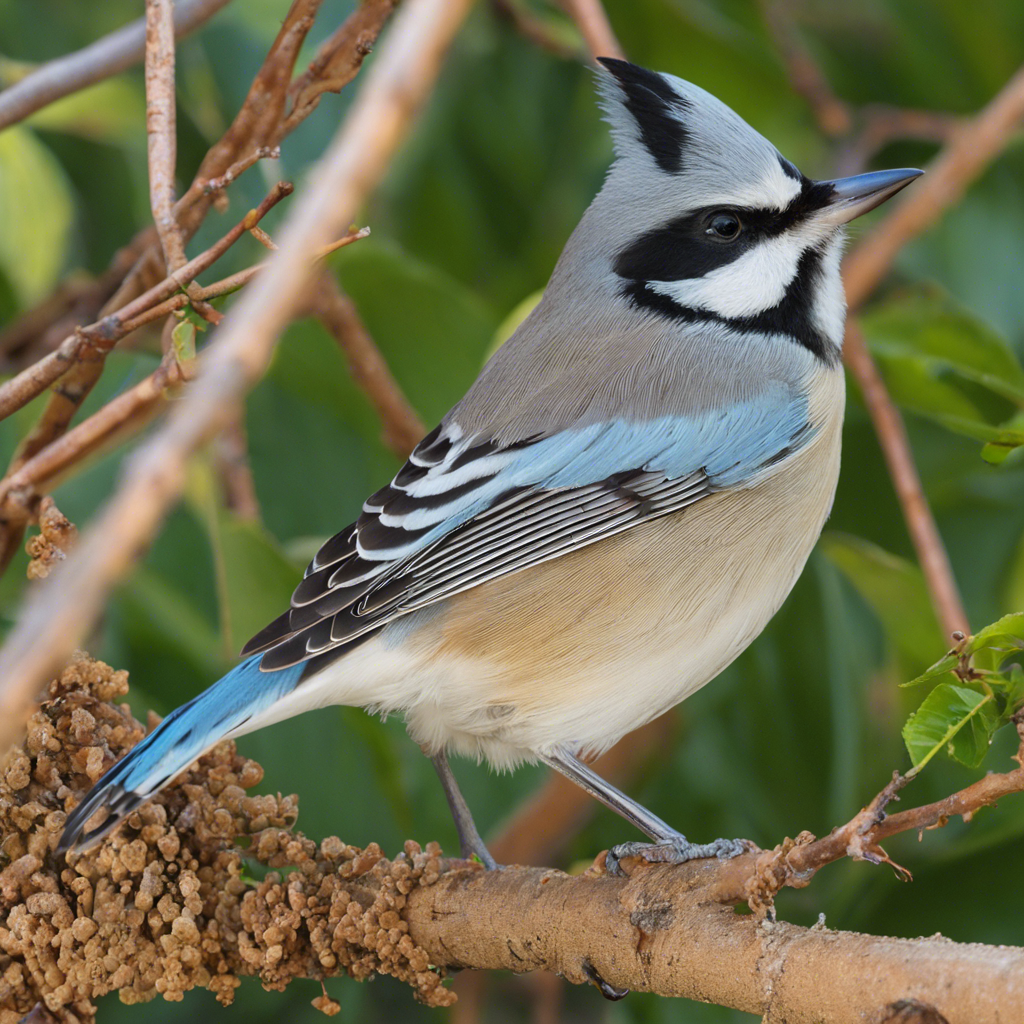Birdwatching is a delightful hobby, but identifying birds in flight can be a challenge, especially for beginners. Here are some tips to help you improve your bird identification skills and get the most out of this rewarding pastime.
First, it’s important to familiarize yourself with the basic silhouette and flight patterns of common birds in your area. Size and shape are good starting points for identification. Look at the overall profile: is the bird large and bulky, or small and sleek? Does it have a long, slender neck or a short, plump one? Pay attention to the wing shape and flight pattern, as different species have distinctive styles. For example, hawks and eagles soar with their wings in a dihedral “V” shape, while falcons fly with swift, powerful wing beats.
Beyond silhouette and flight patterns, take note of plumage details and colors. Feather patterns on wings and tails can be especially helpful in identifying birds in flight. Many birds have distinctive markings or color patterns on these areas that can be seen even from a distance. For example, the adult Bald Eagle has a distinctive yellow beak and white head, while the Red-tailed Hawk shows a reddish-brown tail.
Binoculars are an essential tool for birdwatching, allowing you to see finer details that may be missed by the naked eye. Choose binoculars that are comfortable to hold and offer a clear, crisp image. It’s also helpful to learn a few basic calls and songs of common birds. Birds have distinctive voices, and being able to recognize these can help confirm the identity of a bird, even if you only catch a fleeting glimpse.
Bird identification takes practice, so be patient and persistent. The more time you spend observing and learning about birds, the easier it will become to identify them, even when they’re high up in the sky. Carry a small notebook to jot down characteristics or take photos of the birds you spot so you can look up their characteristics later. With time and dedication, you’ll be identifying birds in flight like an expert.
Joining local birding groups or connecting with other bird enthusiasts online can be incredibly helpful. These communities often share valuable insights, tips, and information about birdwatching hotspots in your area. They can also help you with identification, behavior patterns, and migration timings of various bird species. Additionally, participating in citizen science projects, such as bird counts and surveys, is a great way to contribute to bird conservation efforts while also honing your identification skills.
Birdwatching is an enjoyable and educational hobby that can be pursued almost anywhere. With these tips in mind, beginners can quickly develop their bird identification skills and become active members of the birdwatching community. So, grab your binoculars and head outdoors – the fascinating world of birds awaits your discovery!
Remember to practice ethical birdwatching by maintaining a respectful distance from the birds and prioritizing their safety and well-being. With responsible birdwatching practices, we can all contribute to the conservation and protection of these magnificent feathered creatures. Happy birding!










